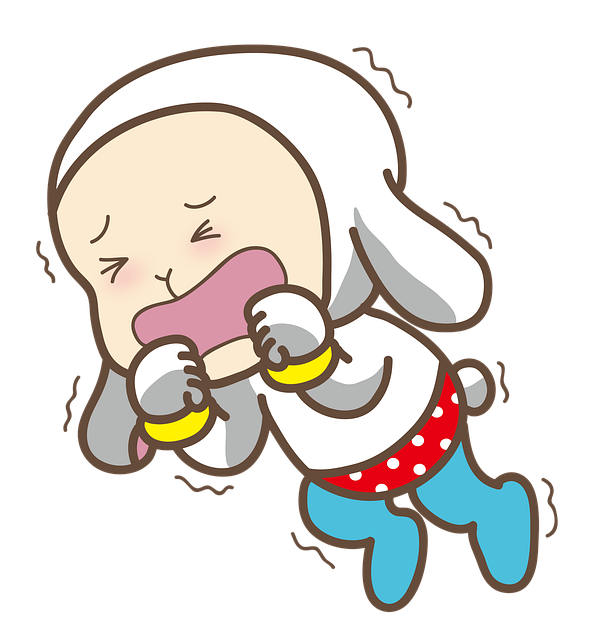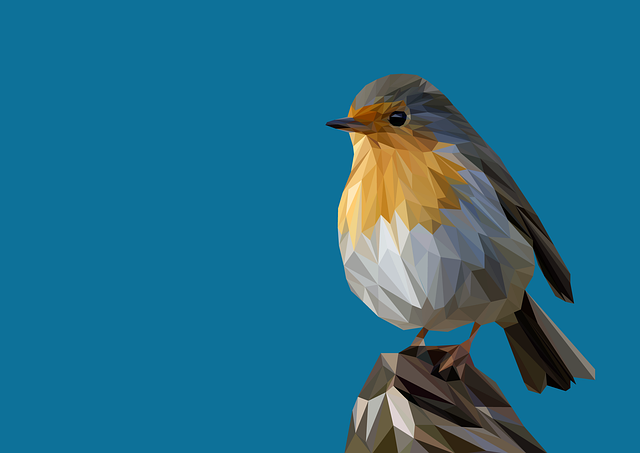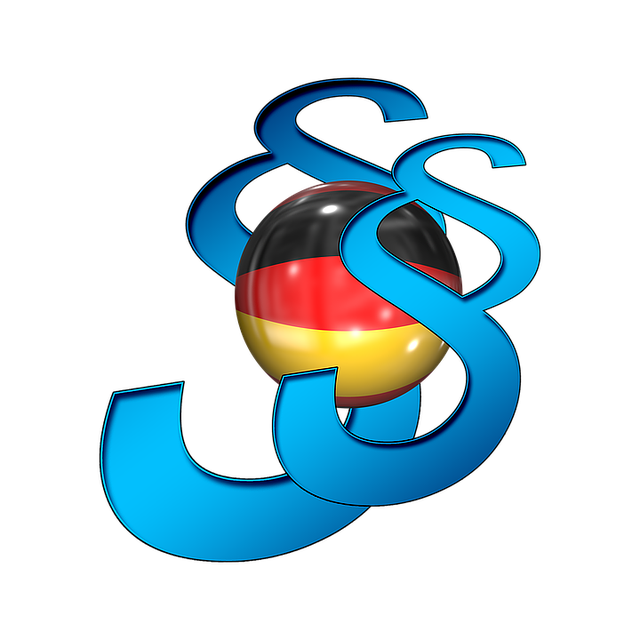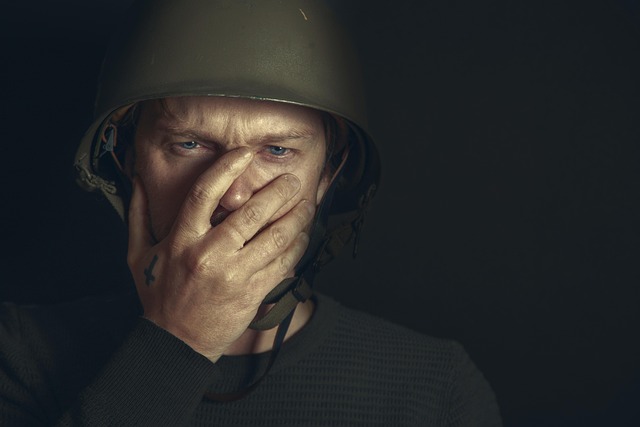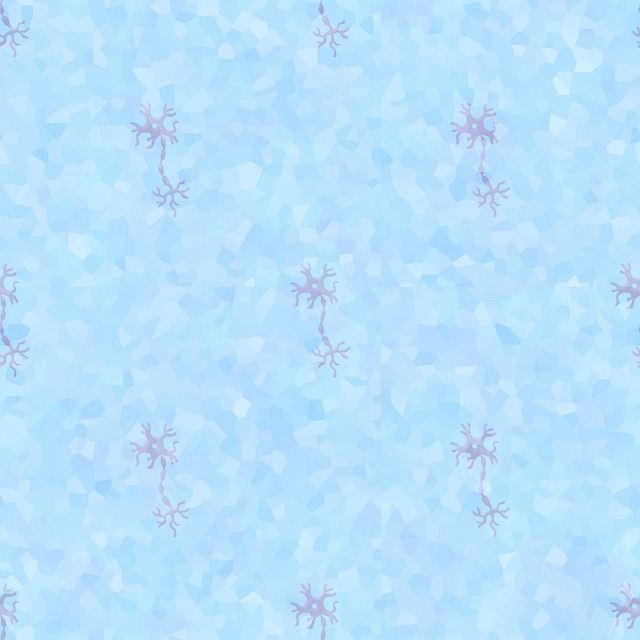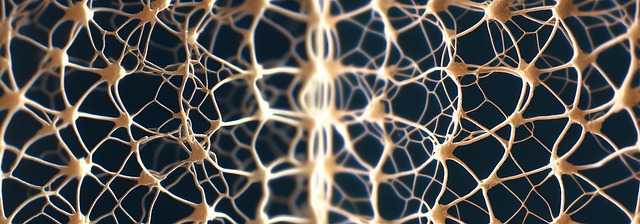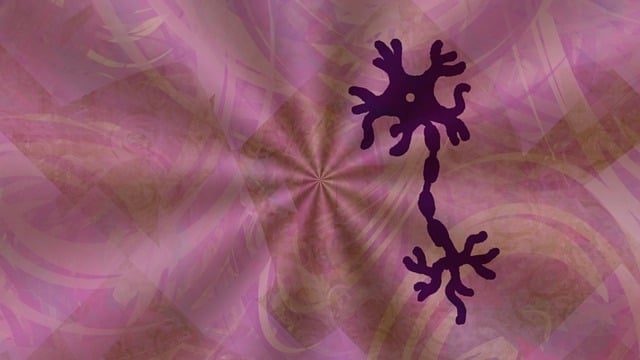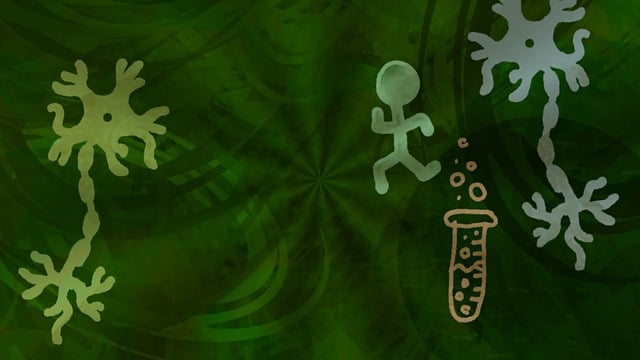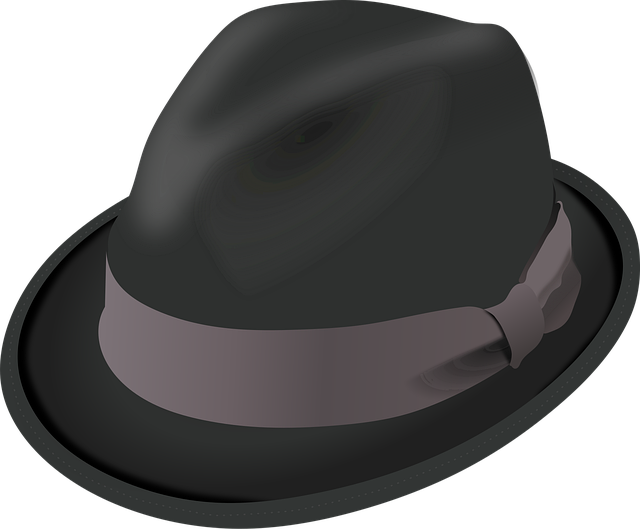After a car accident, a pinched sciatic nerve can cause sharp pain in the lower back and legs. Chiropractors offer effective treatment using manual adjustments, heat/cold therapy, exercises, and patient education to relieve pressure on the nerve, restore mobility, and prevent future occurrences. A multifaceted approach including physical therapy, good posture, regular exercise, ergonomic adjustments, and healthy weight management is key for recovery and prevention. Consulting a chiropractor for guidance on preventive measures is highly recommended.
After a collision, a pinched sciatic nerve can cause severe discomfort and mobility issues. This common injury occurs when the sciatic nerve, running from the lower back through the hips and down each leg, becomes compressed or irritated due to sudden impact. Understanding this condition is crucial for effective treatment. Chiropractors offer specialized care for pinched nerves after a crash, employing various techniques to alleviate pressure and promote healing. This article explores treatment options, recovery strategies, and prevention tips for post-collision sciatic nerve issues.
- Understanding Pinched Sciatic Nerves Post-Collision
- Treatment Approaches with a Chiropractor
- Recovery and Prevention Strategies
Understanding Pinched Sciatic Nerves Post-Collision

A pinched sciatic nerve post-collision can occur due to the sudden impact and forces experienced during a car accident or other traumatic event. The sciatic nerve, which runs from the lower back through the hips and down each leg, can be compressed or irritated by displaced bones, tight muscles, or damaged soft tissues following a collision. This condition is often associated with sharp, shooting pain that radiates from the lower back to the buttocks and legs, making even simple movements uncomfortable.
Chiropractors are healthcare professionals specialized in diagnosing and treating musculoskeletal disorders, including pinched sciatic nerves after a crash. The treatment for pinched nerves after a crash with a chiropractor typically involves manual adjustments, targeted exercises, and therapeutic modalities like heat or cold therapy to alleviate pressure on the nerve, restore joint mobility, and promote healing. Chiropractors may also recommend lifestyle modifications and patient education to prevent future occurrences of this condition.
Treatment Approaches with a Chiropractor

Chiropractors offer various treatment approaches for individuals experiencing pinched sciatic nerves following a collision or accident. One common method involves manual adjustments, where the chiropractor carefully manipulates the spine to reduce pressure on the affected nerve. This adjustment can help restore proper alignment and promote healing.
In addition to manual adjustments, chiropractors may incorporate other techniques such as heat/ice therapy, electrical stimulation, and gentle exercises to alleviate pain and improve mobility. They also provide patient education on posture, ergonomics, and lifestyle modifications to prevent future nerve compression issues. The goal of chiropractic care is to help individuals manage their symptoms, regain functionality, and return to their normal activities after a pinched sciatic nerve post-collision.
Recovery and Prevention Strategies

Recovery and Prevention Strategies
The recovery process from a pinched sciatic nerve post-collision often involves a multifaceted approach, with many individuals finding relief through a combination of treatments. Chiropractors play a significant role in managing this condition, offering both conservative and non-invasive treatment options. This may include adjustments to the spine, targeted exercises, and recommendations for lifestyle modifications to reduce pressure on the sciatic nerve. Physical therapy is another essential component, focusing on strengthening muscles around the lower back and hips to support better posture and reduce future risks.
Prevention strategies are crucial in mitigating the chances of a pinched sciatic nerve after a crash. Maintaining good posture while sitting and standing is paramount, along with regular exercise to keep the back and core strong. Ergonomic adjustments at work or home can significantly reduce strain on the lower back. Additionally, staying at a healthy weight helps alleviate pressure on the spine and nerves. If you’ve experienced a previous collision or are at risk due to your occupation, consulting a chiropractor for guidance on preventive measures can be immensely beneficial.
After a collision, experiencing pain in your lower back or leg due to a pinched sciatic nerve can be debilitating. Fortunately, chiropractic care offers an effective treatment for pinched nerves after a crash. Chiropractors utilize specialized techniques like manual adjustments and therapeutic exercises to alleviate pressure on the affected nerve, promoting healing and recovery. While each case is unique, adopting preventative strategies such as maintaining good posture, practicing proper lifting techniques, and engaging in regular stretching can significantly reduce the risk of future sciatic nerve issues, ensuring you stay active and pain-free.

